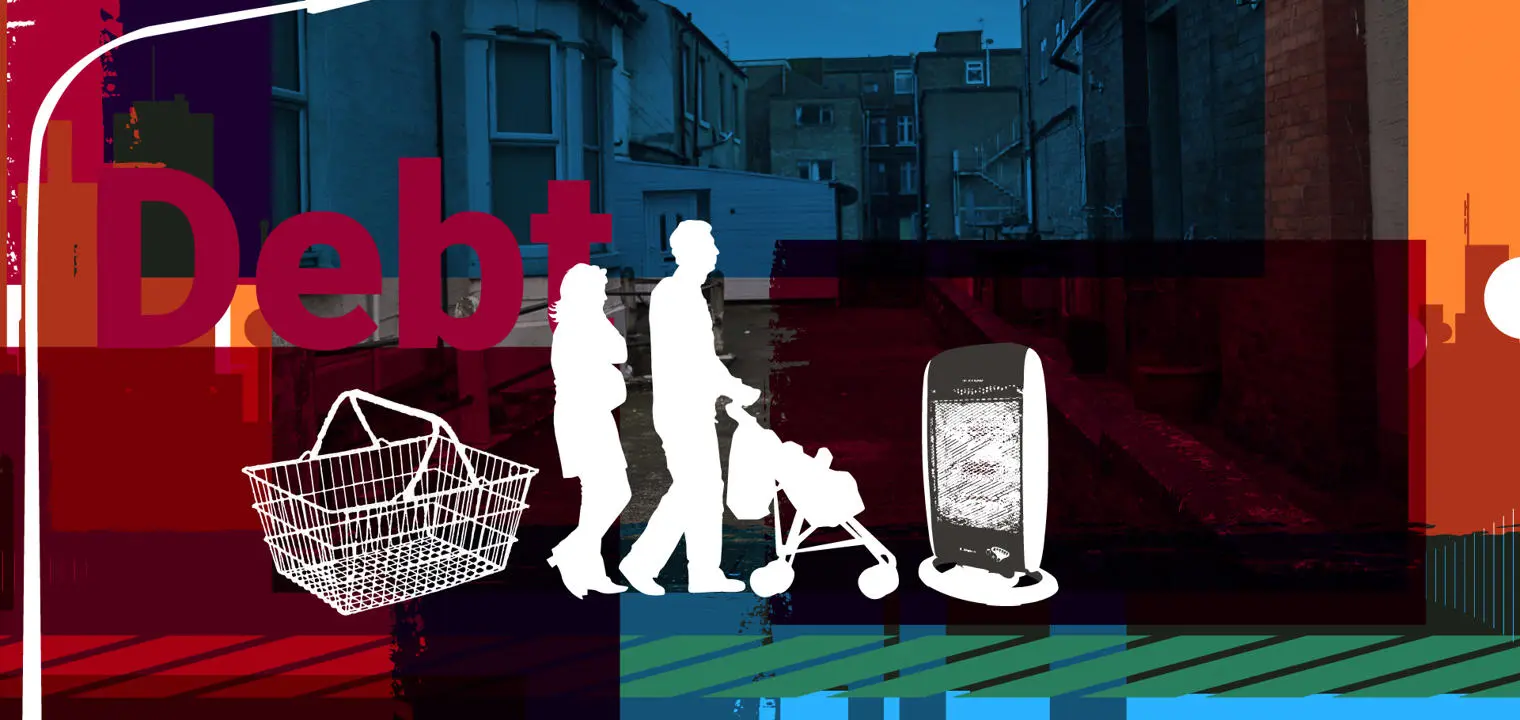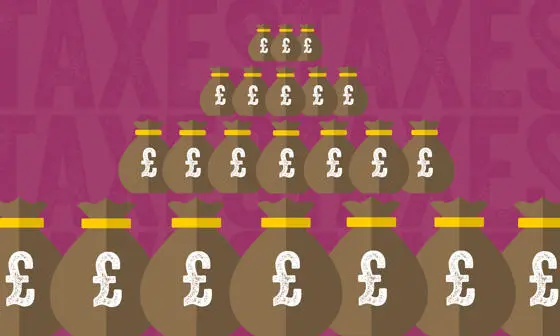Families in crisis: why the government must consider the case for debt relief

Contents
Among the many policy challenges arising from the COVID-19 crisis lies the pressing need to address high levels of household debt. Sadly, insufficient lessons were learned from the last great crisis of 2008 and subsequent Great Recession, meaning that household finances were in a precarious position even prior to the shock of COVID-19. On the eve of the pandemic, many advanced economies were uniquely ill-equipped to deal with its economic consequences.
In the face of meagre wage growth and shrinking public service provision, the past decade has seen household debt continuing to play a crucial role in our economic order. Our economy has relied on high levels of debt to drive economic growth, as well as to allow households to make ends meet while living costs outgrew wages. One might have expected a reckoning with the dangers of debt after the Global Financial Crisis, but in fact total household debt levels declined only marginally (debt-to-income levels reached 140 per cent by 2017, compared to a high of 160 per cent a decade earlier).
As the pandemic has pushed many households further over the edge of financial precarity, the debt burden has fallen disproportionately on groups such as key workers, carers, and black people.
The burden of debt is falling disproportionately on key workers, carers and minority ethnic groups
These aggregate figures hide an uneven distribution of debt across the economy as well as the depths of problem debt among certain groups. In 2016, the Money Advice Service estimated that over eight million people across the UK could be categorised as over-indebted, with almost 17 million people considered to be just one emergency or unexpected expense away from falling into problem debt. Four years on, debt advice charity Citizens Advice reported that almost 40 per cent of its clients had a "negative budget", meaning that these households could not meet their living costs.
As the pandemic has pushed many households further over the edge of financial precarity, the debt burden has fallen disproportionately on groups such as key workers, carers, and black people. Much of this household debt is now effectively unpayable, with Citizens Advice demonstrating that its clients would on average take six or seven years just to pay back a single debt owed (in a reality in which financial problems are never confined to a single debt).
Why government must consider the case for debt relief
Debt can have devastating effects for individual households. Among those falling into debt due to the pandemic, almost one in five (18 per cent) have been unable to afford essential living costs, with one in ten unable to afford food. Research shows that debt has negative impacts on economic opportunities, family relationships, health, and children’s well-being and development.
These circumstances alone are tragic, but the aggregate effects of excessive household debt extend even further to the wider economy. In 2018, the National Audit Office (NAO) calculated that the social costs of over-indebtedness relating solely to mental health and public housing provision amounted to approximately £900 million per year. This can only have increased as a result of the current crisis.
These estimates also do not take into account the manner in which excessive household debt can inhibit the very working of the economy through the creation of a "debt overhang" effect. A key lesson learned from the Great Recession is that excessive household debt levels can reduce or stifle economic growth, as households carrying heavy debt loads must reduce expenditure, lowering consumer spending and aggregate demand across the economy.
Evidence from the Great Recession has shifted economic consensus from a position where household debt was believed to drive economic growth, to a point of widespread recognition of debt’s negative effects on growth. As policymakers consider how to rebuild the economy following the COVID-19 crisis, the repair of household finances seems a priority.
Bankruptcy has the potential to act as a safety net of last resort against the financial risks to which households are exposed in our contemporary economy.
This raises the case for debt relief. Mass household debt cancellation policies may seem like a radical new departure, but as we grapple with the greatest economic crisis for at least a century, the time for holding back our big ideas passed long ago. Alternative policy options appear limited – monetary and regulatory efforts can reduce future debt build-ups effectively, but do little to reduce the current household debt burden. Social welfare policies offer robust solutions, but the tortured politics of welfare (witness recent controversy over a mere £20 uplift to benefit payments) obstruct the deployment of the welfare system on the scale needed to address the contemporary situation of over-indebtedness. This suggests a need to tackle the root of the problem and to reduce directly the debt burdens of financially struggling households.
Why bankruptcy could be a way out for households in financial crisis
It might seem that this would require the creation of new debt relief mechanisms, but an alternative is to redeploy the existing tool of bankruptcy – a longstanding social institution unique in its ability to cancel debt routinely and as a right. The key principle of bankruptcy or personal insolvency law is that insolvent individuals who comply with certain conditions (including the payment of non-essential assets and income to creditors in many cases), can receive a discharge or cancellation of their debts.
Studies from various countries have shown that personal insolvency is not a panacea – it cannot alone solve problems of household financial difficulty and it is no substitute for robust welfare state protections. Nonetheless, bankruptcy has the potential to act as a safety net of last resort against the financial risks to which households are exposed in our contemporary economy, particularly at the current time of crisis. It can redistribute the costs of economic volatility from debtors to creditors, from groups less equipped to bear such losses to those better equipped, returning social costs back into the credit markets in which they originate. It therefore has a crucial role to play at times of economic downturn and widespread financial difficulty.
A certain reimagining of bankruptcy law may be necessary if it is to play this role. For too long, the institution has been viewed primarily as a tool for creditors to squeeze the maximum repayment from insolvent individuals, with any relief offered to debtors only as some vague concession to the debtor’s humanity.
The underappreciation of the public policy benefits of bankruptcy’s debt relief is evident further in government under-funding and the expectation that individuals accessing personal insolvency should fund the process themselves (either by purchasing a "debt solution" from a commercial provider, or paying a paradoxically high administrative fee of £700 to enter the bankruptcy procedure). Bankruptcy has historically been a quasi-criminal punitive procedure, and those seeking relief in this way continue to face stigma and exclusion – legally, socially, and in the credit and employment markets (including through the opaque methods of algorithmic credit scoring systems).
If bankruptcy is to help deliver the public policy benefits of debt relief, then changes are needed both to the law and our social understanding of it. Faced with a crisis like no other, it seems like the time may have arrived for us to accept the need for widespread household debt relief, and to embrace bankruptcy’s ability to act as a necessary safety net of last resort.
Download a PDF version of this article




